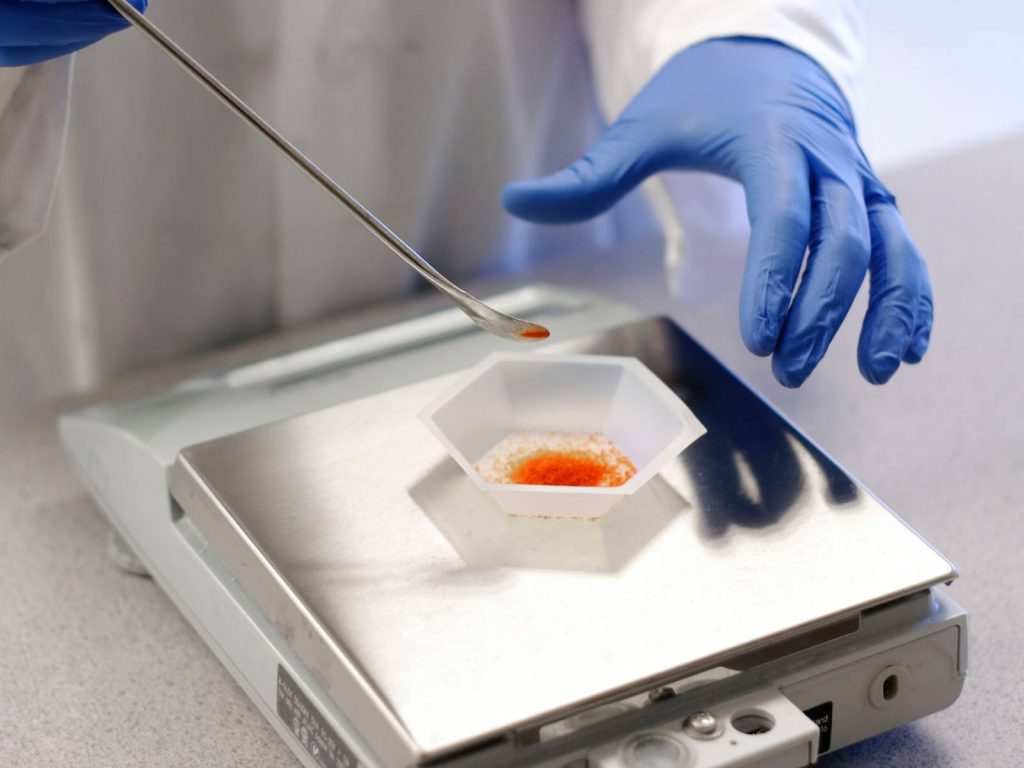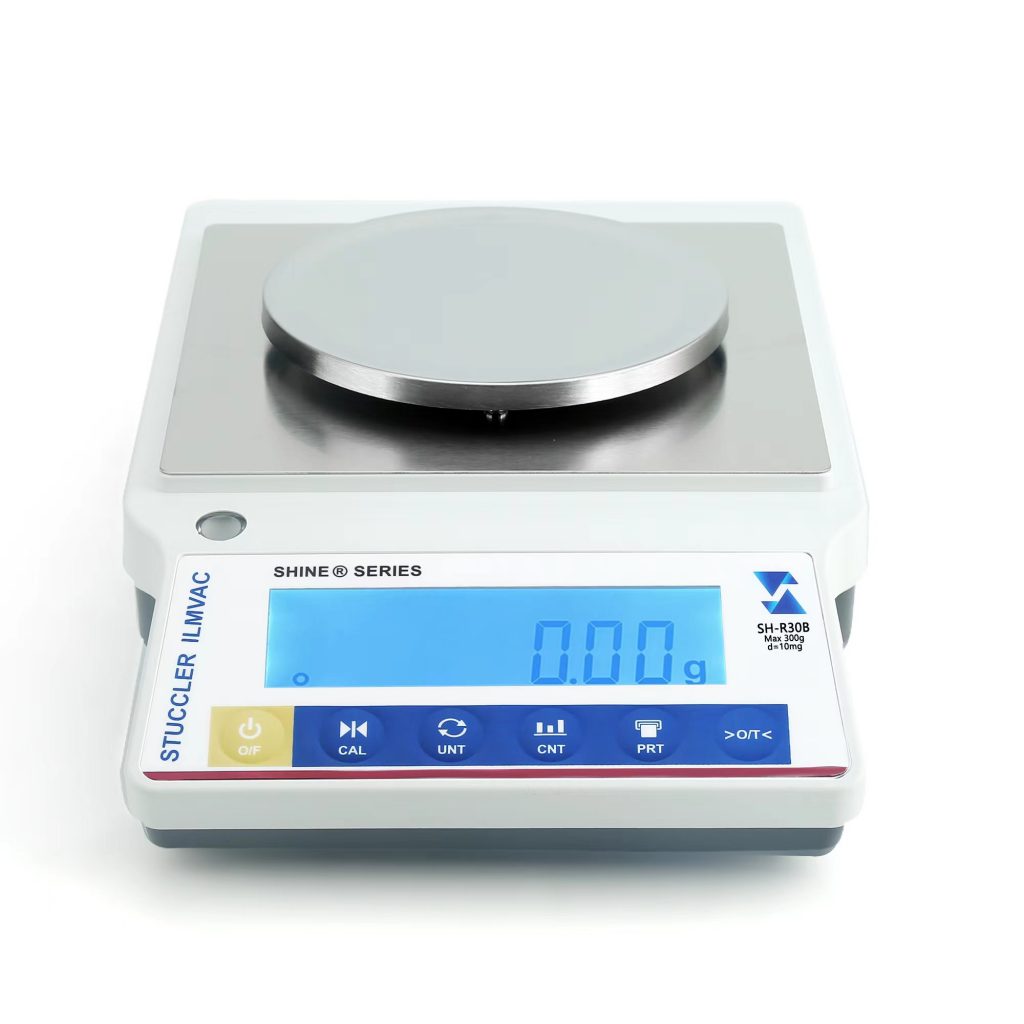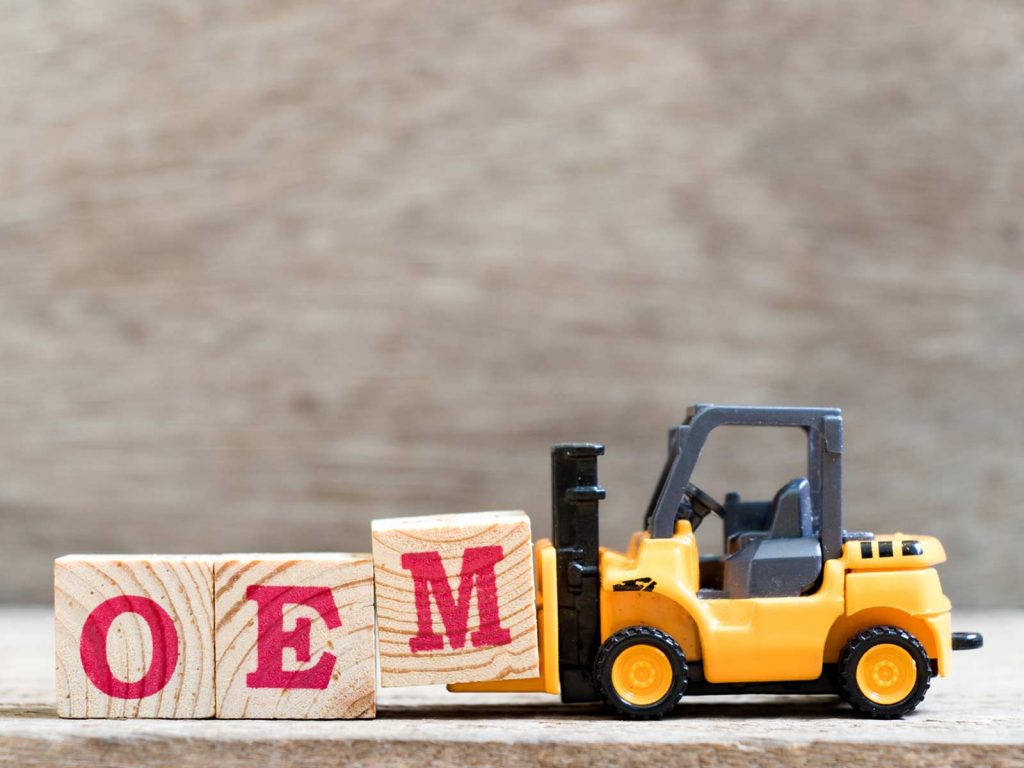What is a top loading balance?
A ‘top-loading balance’, as they are often referred to as, is a balance that does not have a draft shield. Samples are loaded directly onto the weighing pan. These balances typically have a readability of 1 mg or less. This readability range puts them into a class of precision balances.
What is top loading balance in laboratory?
A top loading balance is among the most common types of weight measuring scales used in the laboratory. Top loading balances are available in a variety of sizes and weight capacities, from 20 g to 64.1 kg. Top loading balances are typically used to weigh solid material when a precision of 0.1 g is adequate.
What is an electronic top loading balance?
Typically top-loading laboratory balances used to weigh quantities to a precise number; less precise, but with a higher capacity, than analytical balances, and may include draft/dust doors, auto-leveling, and rapid stabilization features.
What is the purpose of using top loading balance?
A top loading balance is used for weighing solid material when an accuracy of 0.1 g is satisfactory. The top loading balance is in the precision class of balances with a readability of 1 mg or less. These handy instruments are much more than a “balance without a draft shield”—as they have been called.
What is the accuracy of top loading balance?
The precision of the top loading balances is ±0.001 and it is possible to see particles which have a mass of 0.001 g. Moreover, often one wants to weigh a reagent which is to be used in excess, and a precision of ±0.001 is well beyond what is needed for such a weighing.








